Underwatered Spider Plants, or also known as Airplane Plants, are actually better than to have excess soil moisture in them.
Drowning Spider Plants will wither away and die in the blink of an eye, especially if you do not have enough soil drainage or if your plant containers suffer from the absence of drainage holes.
Most beginner plant growers have a frequent watering frequency for their Spider Plants and have no idea that poor drainage capacity is killing their delicate plants.
You might think that extra moisture on the soil or moist conditions would be the ideal environment for most indoor plants, but that is not the case for Spider Plants.
When you give your Spider Plants excess amounts of water for an extended period of time, it will tell you that it’s unhappy by the discoloration of its leaves or brown leaf tips.
There are several reasons why your Spider Plant leaves can be showing common signs of rot or waterlogging conditions.
These telltale signs include yellowing or discoloration and puffing of leaves, brown spots appearing on your leaves, stunted growth, curling, wilted, and damaged leaves.
- Related article: How to Care for Spider Plants
We will take a look at some of the aforementioned signs of overwatered plants, why it should be taken care of, and steps on how you can revive your soggy soil.
Signs of an Overwatered Spider Plant
1. Yellow Leaves
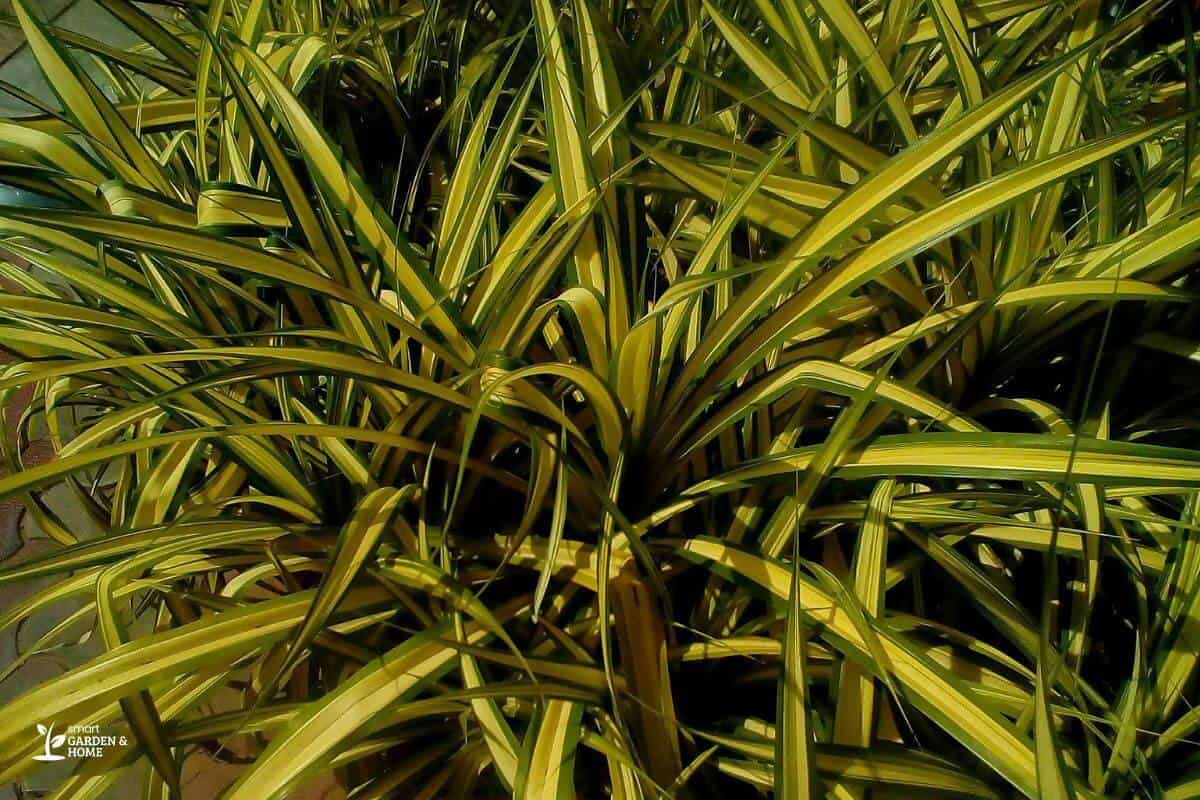
Spider Plants can tolerate low levels of indirect sunlight and even survive dark spots or desert-like conditions, but one thing they don’t handle well is excess moisture or overwatered conditions.
The leaves of your Spider Plant will first show signs of overwatering by the discoloration of their leaves from green to a pale white color.
Several days later, the bottom leaves of your plant will begin to turn yellow and fall off.
If you don’t stop giving your plants fresh water and drain the excess water from your soil mix, the rest of your plant leaves will begin to turn yellow and wilt.
The yellow leaves on your plant are a signal to act immediately. Stop your watering habits until the wet soil has completely dried out.
You may even want to consider transplanting your Spider Plant into new soil if your current is overwatered soil.
2. Brown Spots/Brown Edges
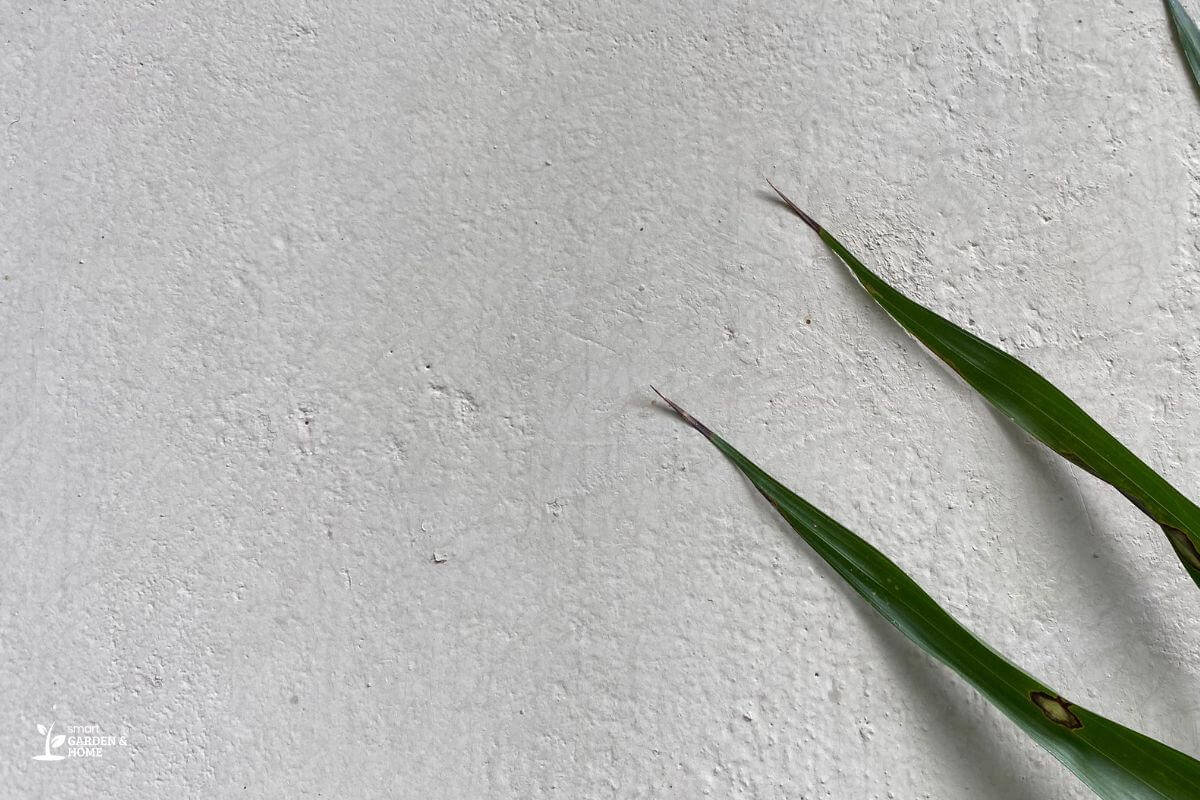
You may start to notice tiny rust marks or brown spots on the leaf edges of your Spider Plants—this is a sign that you should stop giving your plants excess water.
The brown spots will start off as tiny dots and slowly emerge into larger, brown patches on your leaves.
Brown roots are an indication of rotten roots and a severe warning sign that your plants are receiving excess watering.
When you start noticing brown leaf conditions or tiny patches on your leaves, slow down on the watering and change your watering schedule.
3. Wilted Leaves
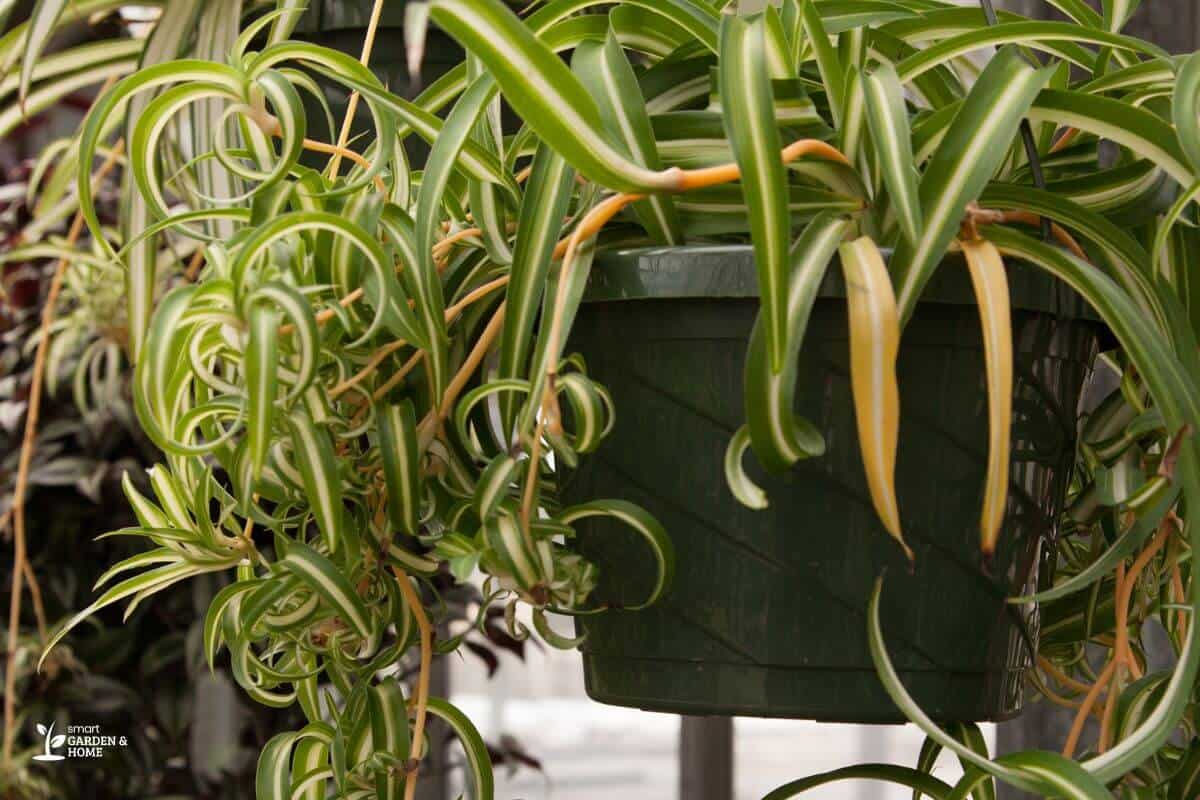
If you ignore the yellowing of your Spider Plants’ leaves and continue to give your plants excessive watering, their leaves will begin to wilt.
The wilting of your leaves is caused by excessive water clogging up the air pockets in the soil surface.
The roots of your plants need oxygen to breathe. When air pockets in the soggy soil are flooded with water, your roots will begin to drown.
The roots of your plant will begin to rot and cause bacterial and fungal diseases to spread.
If your plant is affected by root rot, it is important to promptly remove the infected roots and transplant your Spider Plant into fresh soil.
4. Falling Leaves
Spider Plants will naturally shed their disease leaves as they begin to grow.
When a plant is overwatered, it will shed both old and new leaves simultaneously, while new leaves will grow as old ones fall from the tree.
Overwatering your plants will make them bare and new leaves will struggle to form, as your plants will struggle to absorb oxygen and nutrients at the roots.
5. Curling Leaves
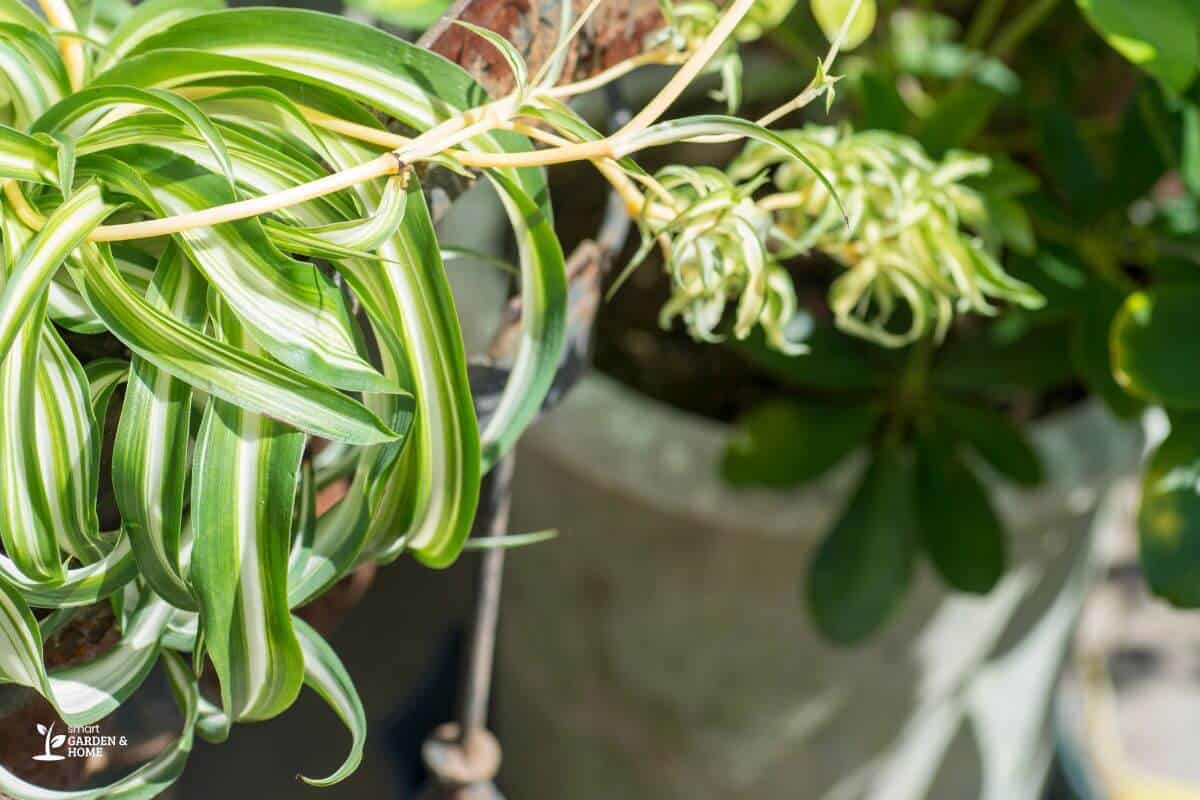
Overwatering your Spider Plants will cause severe curling and shriveling of its leaves.
The rooting system of your Spider Plants will get damaged from constantly being overwatered, and will not be able to absorb water for your plants.
Gently trimming off the damaged roots from your Spider Plant will allow for a new rooting system to grow.
How to Revive an Overwatered Spider Plant
1. Stop Watering Your Plant
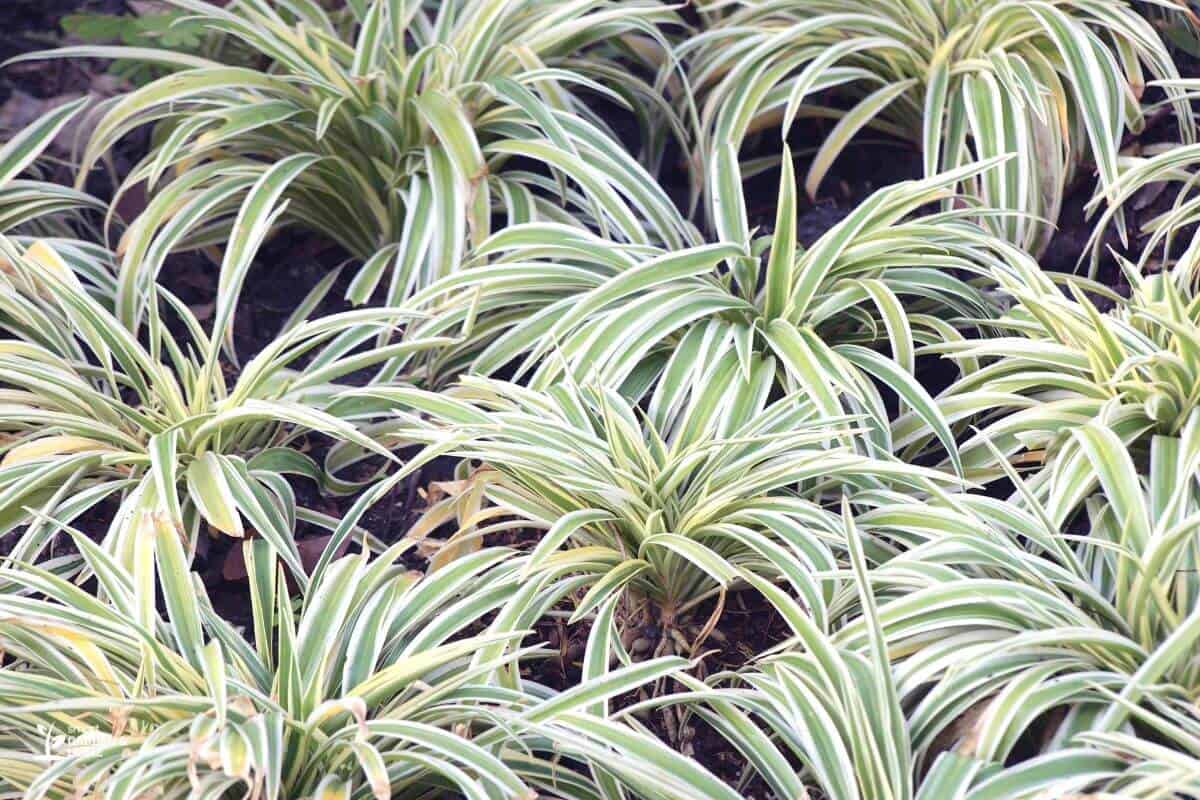
The first step in reviving an overwatered Spider Plant is to stop watering your plant.
Ignore the wilting of your plant’s leaves then give it continuous watering, and it’s going to happen. Give the roots of your plant a break from the water.
2. Relocate Your Plant to a Shaded Area
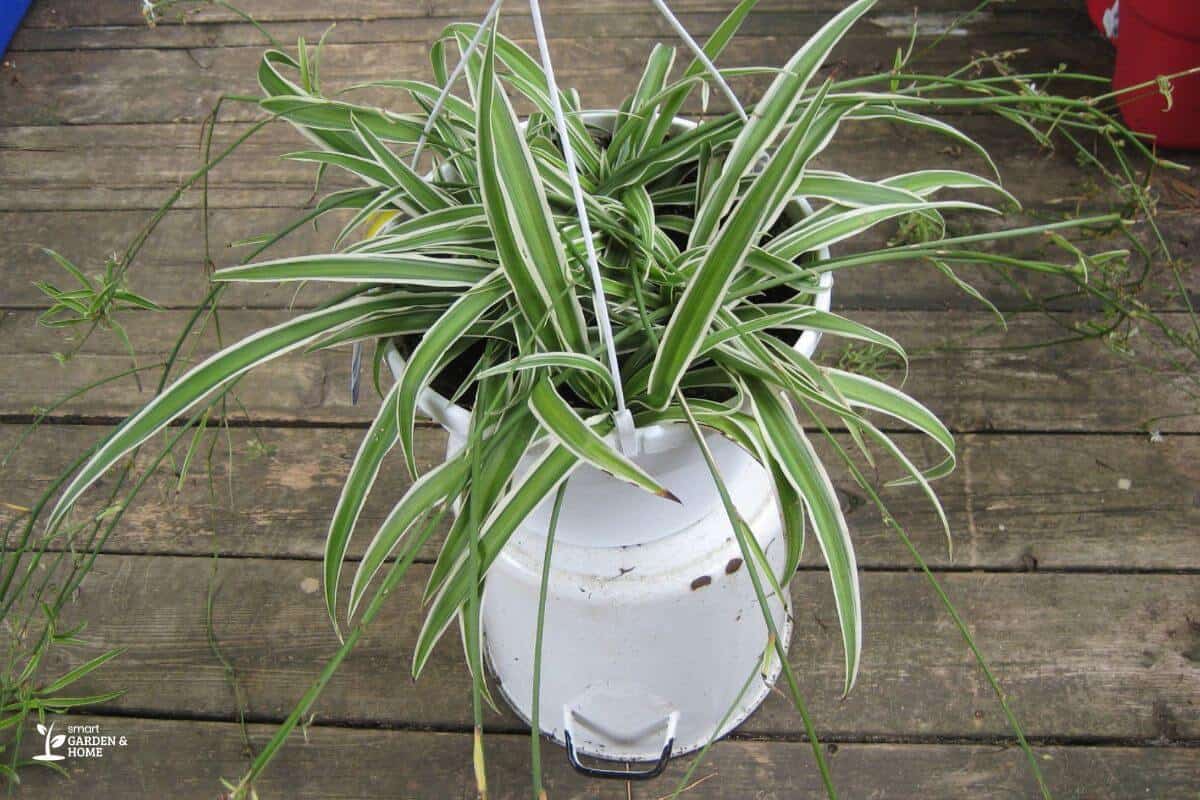
If your Spider Plant is currently located in a warm and sunny area, it will need to be watered. Relocate your Spider Plant from a sunny area to a shaded area that receives less bright light.
3. Transplant Your Spider Plant
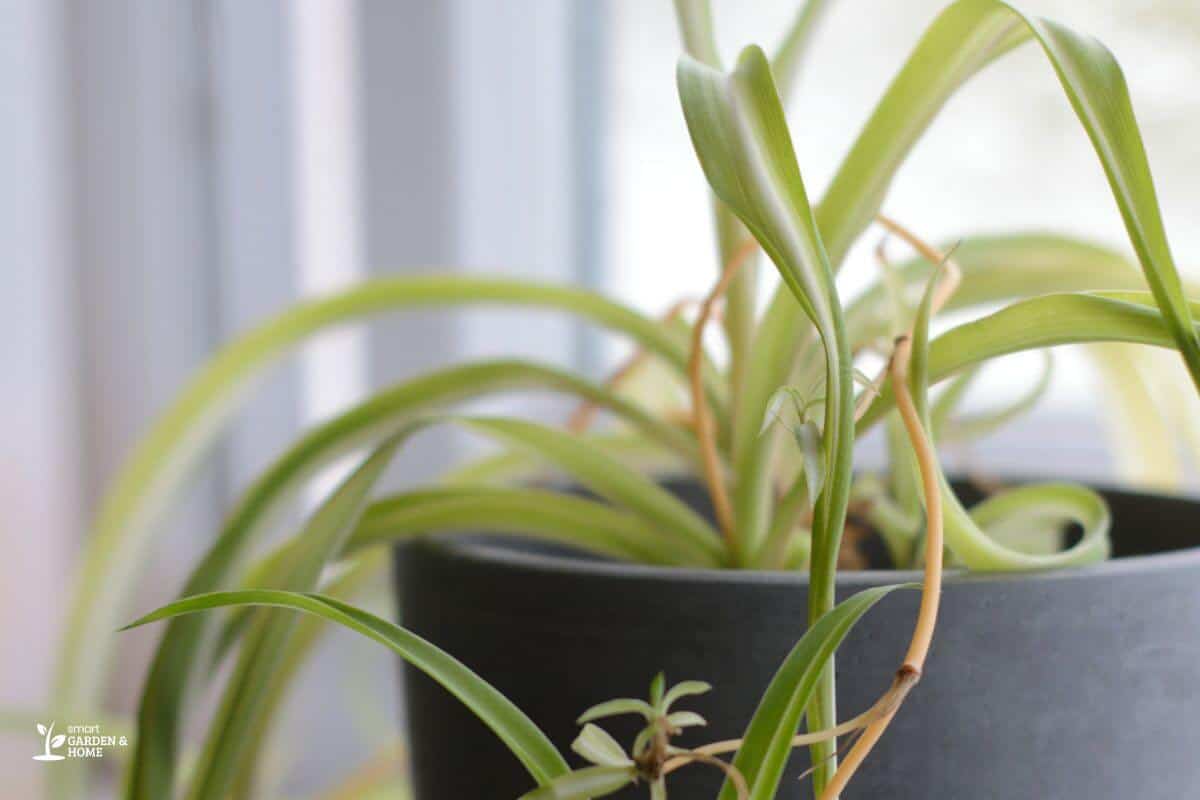
Dig up your Spider Plant roots and lay your plant on a bedding of newspaper or tissue. Make sure to be gentle and careful when removing your plant from the soil, and don’t chop any roots.
4. Investigate the Soil and Roots of Your Plant
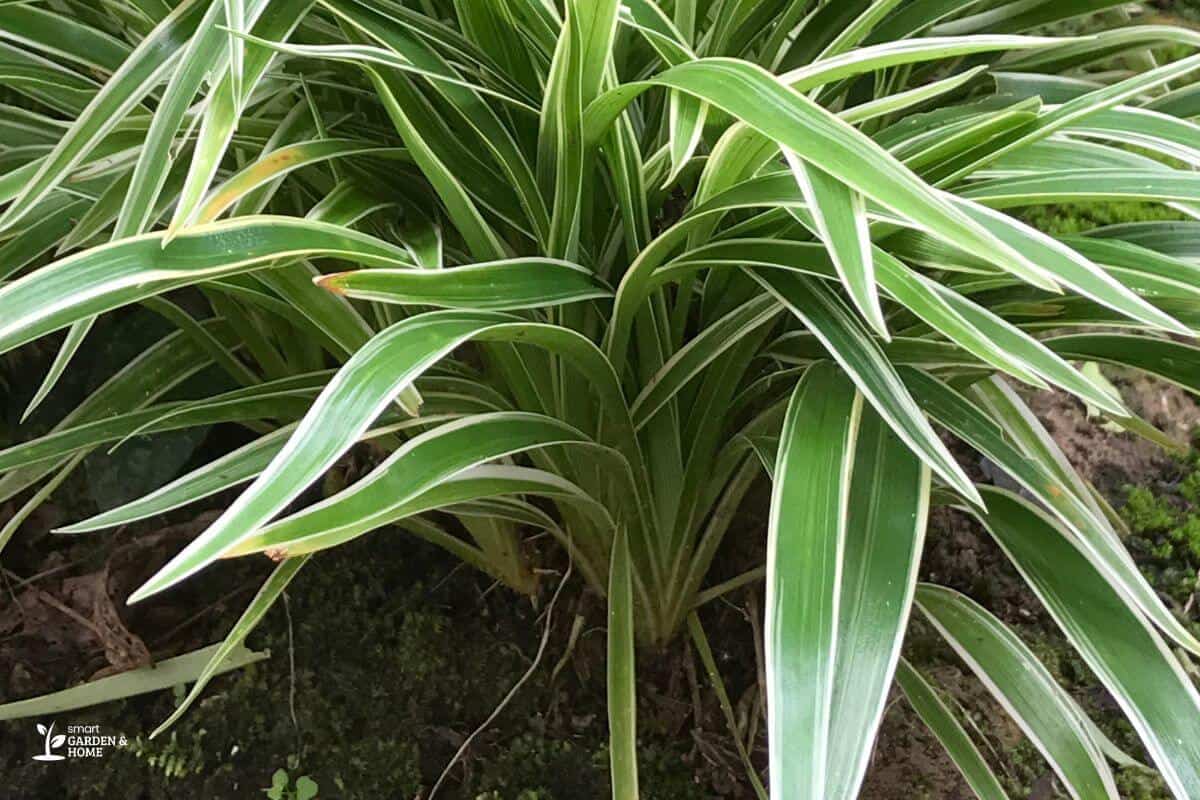
After removing your Spider Plant from its pot, it is recommended to inspect the roots for symptoms of root rot.
After using waterlogged soil for a period longer than 12 months, it may be necessary to replace it with a fresh potting mix.
Exhausted soil will retain too much soil moisture. Fresh soil mix will do your Spider Plant wonders, so try to use a fresh potting soil mix that isn’t clumpy.
5. Trim-off Some of the Leaves
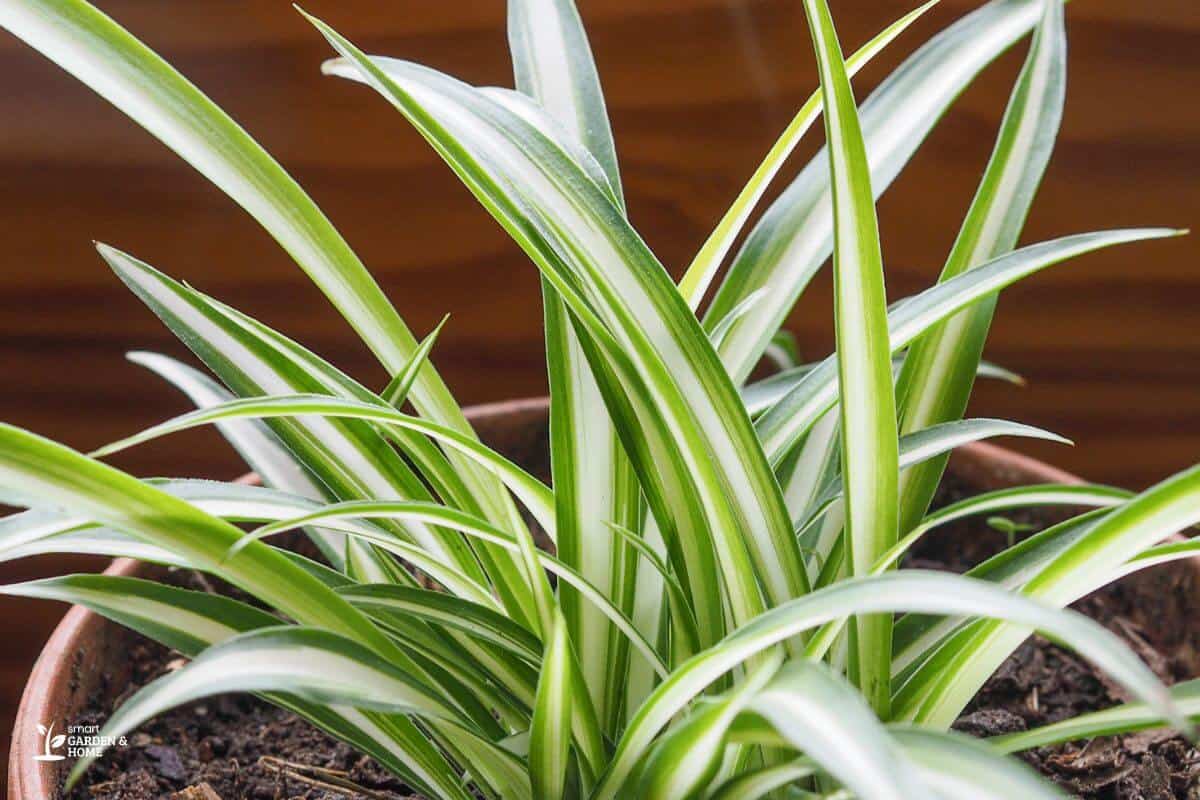
Your Spider Plant will need to refocus its energy as it tries to regrow.
Trim off any excess leaves, flowers, or buds from your Spider Plant, so it can focus its energy on recovery and healthy foliage growth and its resources on rebuilding of healthy roots and leaves.
Final Thoughts on Overwatering Spider Plants
Overwatered Spider Plants can be a tricky problem to solve, but with the right tips and tricks, you can nurse your plant back to health and provide its perfect environment.
It’s important to have a proper watering schedule and ensure that you are not giving your Spider Plant extra water.
This plant requires occasional watering only and moist soil, so it’s essential to keep it in a pot with ample drainage holes.
By following these simple steps, you can prevent excessive water damage and preserve the healthy leaves and beauty of your Spider Plant.
Remember, a little bit of care goes a long way in keeping a healthy plant that’s thriving in your home or office.
So, take care of your Spider Plant, or Airplane Plants, and enjoy the natural beauty that it adds to your space!
Check out these cool reads to know more information about Spider Plants:
- Bugs on Spider Plant Leaves
- Do Spider Plants Repel Spiders
- Leggy Spider Plant Reasons
- Spider Plant Leaves Turning Pale
- Spider Plant Leaves Are Curling
Sources:

